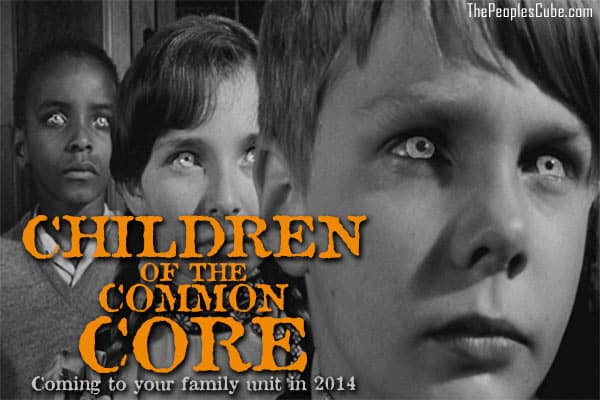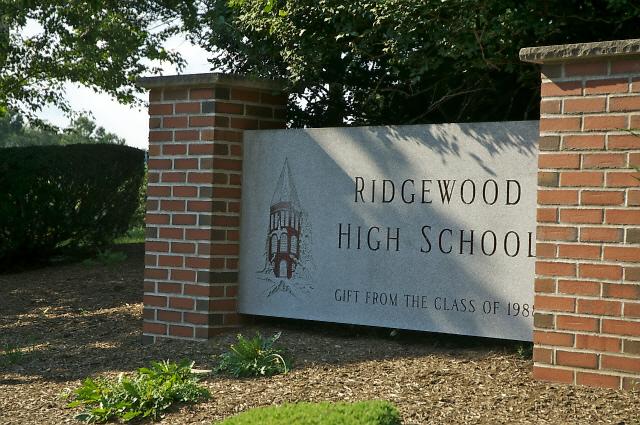
New York State Task Force recommends overhauling Common Core and adopting new, high quality, locally-driven New York State-specific designed standards
Task Force also recommends reducing over-testing to reduce anxiety
Governor Cuomo announced the final report and recommendations of the Common Core Task Force – a diverse group of educators, parents, education officials and state representatives – which was charged with comprehensively reviewing and making recommendations on reforming the current Common Core system and the way we teach and test our students. The Task Force recommends overhauling the current Common Core system and adopting new, locally-driven New York State standards in a transparent and open process to make sure all students are prepared to succeed in an increasingly competitive 21st century economy. The new standards, curriculum and tests must be uniquely developed for New York students with sufficient local input. The Task Force also recommends that current Common Core aligned tests should not count for students or teachers until the start of 2019-2020 school year to ensure the system is implemented completely and properly to avoid the errors caused by the prior flawed implementation.
Governor Cuomo said: “After listening to thousands of parents, educators and students, the Task Force has made important recommendations that include overhauling the Common Core, adopting new locally-designed high quality New York standards, and greatly reducing testing and testing anxiety for our students. The Common Core was supposed to ensure all of our children had the education they needed to be college and career-ready – but it actually caused confusion and anxiety. That ends now. Today, we will begin to transform our system into one that empowers parents, teachers and local districts and ensures high standards for all students. I thank the Task Force members for their thorough work. Together we will ensure that New York’s schools provide the world-class education that our children deserve.”
The Task Force was chaired by Richard Parsons, Senior Advisor, Providence Equity Partners, LLC and former Chairman of Citigroup.
Richard Parsons said: “While adoption of the Common Core was extremely well intentioned, its implementation has caused confusion and upheaval in classrooms across New York State. We believe that these recommendations, once acted on, provide a means to put things back on the right track and ensure high quality standards that meet the needs of New York’s kids. The recommendations will provide the foundation to restore public trust in the education system in New York and build on the long history of excellence that preceded this period. On behalf of all the Task Force members, I thank everyone who submitted feedback during our review, as well as the Governor for providing us with this opportunity to improve the education system for students across New York State.”
The Task Force heard from more than 2,100 students, parents, teachers, administrators and other education stakeholders through public forums held across the state, thousands of pages of testimony and outreach to educators.
The Task Force affirmed the importance of maintaining the highest quality standards and performance measures in education. However, the Task Force found that over the past decade there has been rapid change in education, including the 2009 federal Race to the Top and Common Core which has created confusion and disruption in states across the nation, including New York. Moreover, the original process to adopt and implement the Common Core standards, curriculum and tests in New York had implementation issues and failed to include sufficient input from educators, parents and local districts and was not open and transparent.
To ensure that the State moves forward with high quality education standards the Task Force made 21 recommendations including:
Overhauling the Common Core and adopting locally-driven high quality New York education standards with input from local districts, educators, and parents through a transparent and open process that are age-appropriate and allow educators flexibility for Students with Disabilities and English Language Learners.
Establishing a transparent and open process by which New York standards are periodically reviewed by educators and content area experts, since educators know their schools and students best.
Providing educators and local school districts with the flexibility to develop and tailor curriculum to meet the needs of their individual students and requiring the State to create and release new and improved curriculum resources that educators can then adapt to meet the needs of their individual students.
Engaging New York educators, not a private corporation, to drive the review and creation of State standards-aligned tests in an open and transparent manner.
Minimizing student testing anxiety by reducing the number of test days and test questions and providing ongoing test transparency to parents, teachers and districts on test questions and student test scores.
Ensuring that State tests account for different types of learners, including Students with Disabilities and English Language Learners.
The Task Force found that to implement the new system would require significant work including a comprehensive review of the current Common Core Standards in order to adopt new New York State Standards and create new curriculum and assessments in an open and transparent manner for the nearly 700 school districts, 5,000 schools, 200,000 plus teachers and 2.65 million students. Therefore, the Task Force believes that in order to finally get the system right there must be adequate time to implement the system. Given all of the work and time required to review and adopt new standards, improve and adapt curriculum, and create new assessments, any current Common Core aligned tests should not count for students or teachers until the start of 2019-2020 school year when the new statewide standards developed through this process will be put into place.
Senate Majority Leader John J. Flanagan said: “Today’s task force report is another step forward in our overall efforts to ensure that New York’s educational system is both student-centric and parent-centric. These reforms will build on what we have already done to ease the anxiety that exists in many classrooms across the state while reinforcing the importance of high standards. I thank Senator Marcellino for his contributions and look forward to discussing this report with the Governor, the Assembly, and all of the various stakeholders across this state.”
Assembly Speaker Carl Heastie said: “While there is still much work left to be done, this report is a good first step in our efforts to improve New York’s educational standards and overhaul Common Core. The Assembly has long fought for the principles underlying the report’s recommendations. I thank Assembly Education Chair Cathy Nolan for her hard work on the Commission, and we look forward to working with parents, students, teachers, principals, superintendents, school board members and advocates in our effort to ensure that New York has the best education system possible. Our children deserve nothing less.”
New York State Board of Regents Chancellor Merryl Tisch said: “The Task Force has adopted many if not most of the Board of Regents’ recommendations for improving the implementation of the higher standards we’ve set for our students. The most important message in the Task Force report is the renewed commitment to adopting and maintaining higher standards. We cannot turn our backs on our students at a time when the world is demanding more from them – more skills, more knowledge, more problem-solving.”
New York State Education Commissioner MaryEllen Elia said: “In my first few months as commissioner, I’ve traveled across the state and heard a large cross section of New Yorkers — our teachers, parents and educators –share their deep concern for improving the education of our children. And as a member of the Common Core Task Force, I’ve heard those same stakeholders express those same concerns. Likewise, the Department’s AimHighNY survey unfolded the same passionate call for clear learning standards to serve as guideposts to future success for our children. Now it’s time to move forward and deliver on the promise we’ve made to our students and give them the best schools possible.”
The comprehensive report provides the history and context of learning standards and specifically, a review of the Common Core Standards in New York; a summary of testimony and stakeholder feedback across several categories and specific Task Force responses; and a full description of Task Force Recommendations.
The Education Transformation Act of 2015 will remain in place, and no new legislation is required to implement the recommendations of the report, including recommendations regarding the transition period for consequences for students and teachers. During the transition, the 18 percent of teachers whose performance is measured, in part, by Common Core tests will use different local measures approved by the state, similar to the measures already being used by the majority of teachers.
The report builds on the Governor’s longstanding commitment to education reform, including the recent laws together with the Legislature banning standardized testing for students in pre-kindergarten through 2nd grade, capping test preparation to two percent of learning time, not counting the Common Core scores against students and requiring the State Education Department to help districts eliminate unnecessary standardized tests for all other students.













